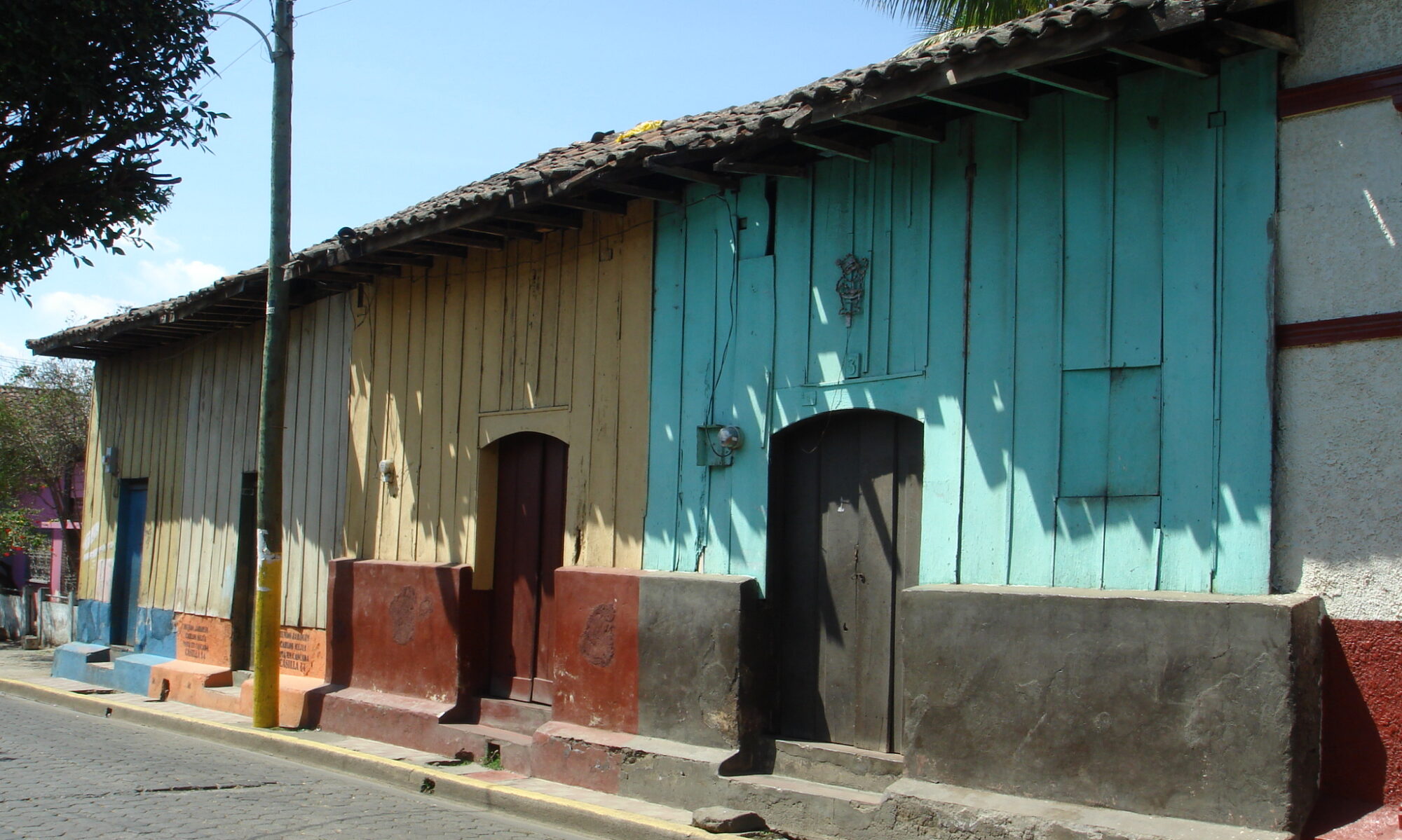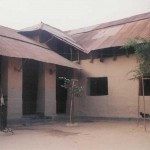by Amrita Das, Mohammad Shariful Islam, Dr. Md. Jahangir Alam, Nusrat Hoque
In Bangladesh, a mud house is one of the traditional housing types that are used by poor families mainly in rural areas as well as in the outskirts of small cities. This building type is typically one or two stories and preferably used for single-family housing. It is more predominant in less flood-prone areas, i.e. in the highlands or in mountainous regions. The masses of these buildings are generally high and their walls are characterized by insignificant strength, particularly against forces that act out-of-plane. This type of building is highly vulnerable to both seismic forces and high pressures due to flood flow. The main load bearing system consists of mud walls of 1.5 to 3.0 ft thickness, which carry the roof load. Clay tiles, thatch or CI sheets are used as roofing materials. The application of these materials depends on their local availability and the ability of the house owners. There is no monolithic joint between the wall and the roof. For this reason, these buildings behave poorly under any type of lateral load (e.g. earthquake, wind).



